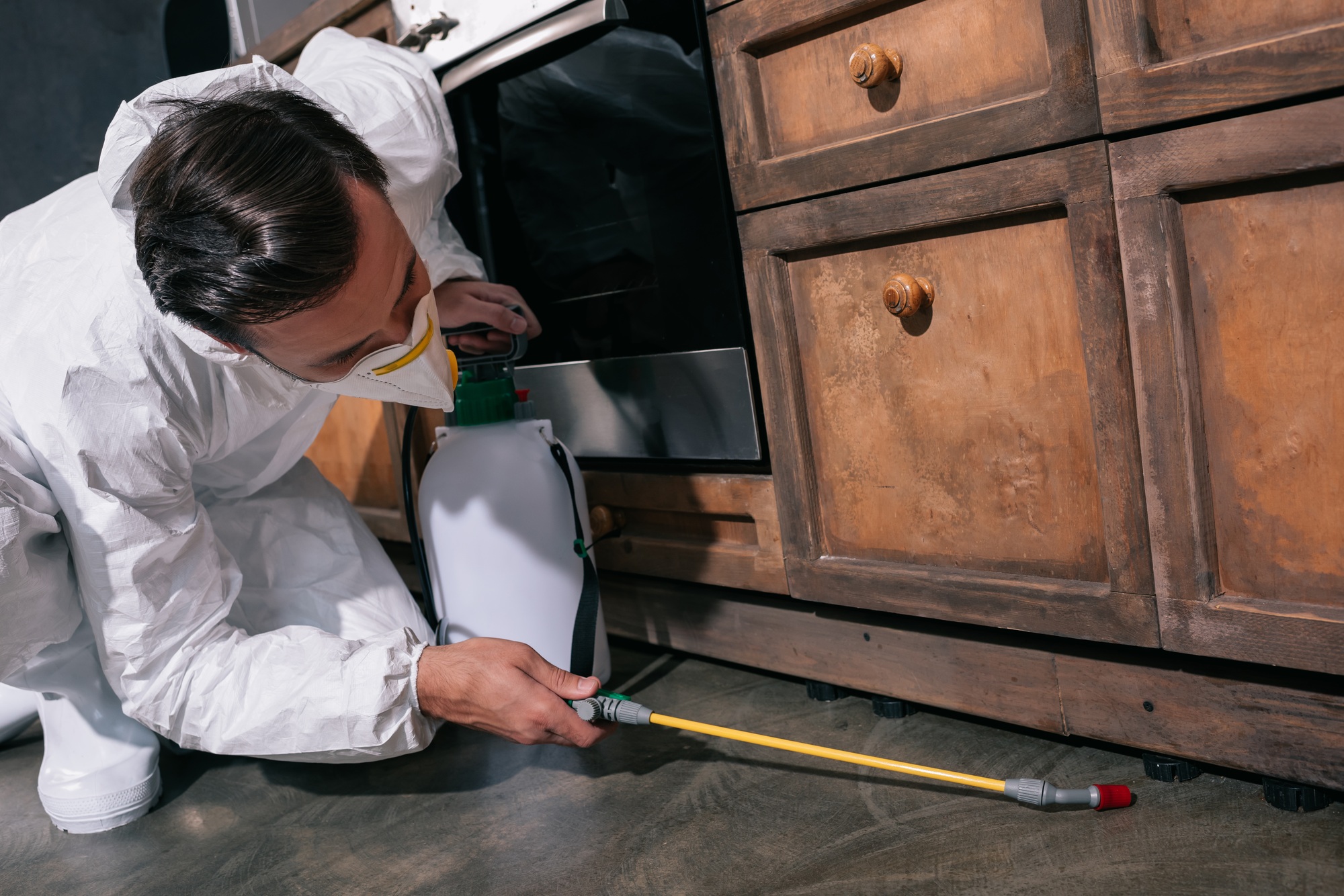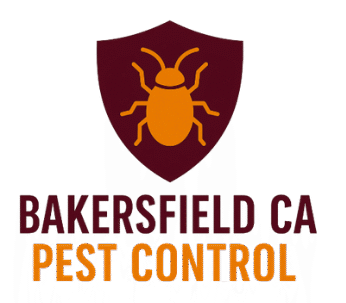Protecting your home and property from destructive pests is a top priority for residents in Bakersfield, CA. Effective Termite Control Bakersfield is not just a service; it is an essential investment in the structural integrity and long-term value of your property. Termites work silently, often causing significant damage before their presence becomes obvious. Understanding the threats they pose and implementing proactive control measures helps safeguard your home against these hidden invaders.

Understanding the Termite Threat in Bakersfield
Termites are tiny insects, but their colonies can number in the millions, making them incredibly destructive. They feed on cellulose, a material found in wood, paper, and fabric. In Bakersfield, the warm climate creates an ideal environment for termites to thrive year-round. This continuous activity means that homes and businesses are always at risk. Recognizing the different types of termites and their behaviors helps homeowners prepare for the specific challenges they present.
Common Termite Species in Kern County, California
- Subterranean Termites: These are the most common and destructive termites in our region. They live in large colonies underground and build mud tubes to travel between their nests and food sources, which are often the wooden structures of your home. They need moisture to survive, so they often attack wood that touches the soil or is near leaky pipes. Subterranean termites eat wood from the inside out, making their damage difficult to spot until it is extensive.
- Drywood Termites: Unlike subterranean termites, drywood termites do not need soil contact. They live entirely within the wood they infest, making their nests in structural timbers, furniture, and even dead trees. You might find small piles of fecal pellets, which look like sawdust or coffee grounds, near their activity. These termites infest dry wood and can spread through a home by flying to new areas or being carried in infested furniture.
- Dampwood Termites: While less common in homes than subterranean or drywood termites, dampwood termites infest wood with high moisture content. They often target decaying wood, stumps, or areas with water leaks. Their presence usually signals an underlying moisture problem that needs attention. These termites are larger than other species and do not build mud tubes or produce fecal pellets in the same way drywood termites do.
Signs of Termite Infestation
Early detection is crucial for minimizing termite damage. Homeowners should regularly inspect their property for common signs of termite activity. Knowing what to look for empowers you to act quickly and seek professional help. These signs often appear subtle at first, but they indicate a growing problem that requires immediate attention.
- Mud Tubes: Subterranean termites build narrow mud tubes, about the width of a pencil, on foundation walls, wooden beams, or even inside walls. These tubes protect them as they travel between their underground colony and your home’s wood structures. Finding these tubes is a strong indicator of an active subterranean termite infestation.
- Discarded Wings: After swarming, reproductive termites shed their wings. You might find piles of these translucent wings near windowsills, doors, or light fixtures. Swarming typically occurs in spring or after rain, as new colonies seek to establish themselves.
- Wood Damage: Termites eat wood from the inside, leaving a thin veneer of wood or paint. Tapping on suspected areas might produce a hollow sound. You may also notice buckling wood, sagging floors, or pinpoint holes in drywall or wooden surfaces. This damage often looks like water damage, so it is important to distinguish between the two.
- Frass (Termite Droppings): Drywood termites push their fecal pellets, or “frass,” out of small kick-out holes in infested wood. These pellets are tiny, six-sided, and often resemble sawdust or fine sand. The color of the frass varies depending on the wood the termites are consuming.
- Clicking Sounds: In quiet moments, you might hear faint clicking sounds coming from inside your walls. This sound comes from soldier termites banging their heads against the wood or shaking their bodies to signal danger to the colony. While hard to detect, it is a definitive sign of active termites.
The Impact of Termite Damage
Termites cause billions of dollars in property damage annually across the United States. Unlike other pests, termites rarely pose a direct health risk to humans, but their ability to destroy structures makes them one of the most feared pests for homeowners. The damage they inflict is often extensive and costly to repair, especially when infestations go unnoticed for long periods.
- Structural Weakness: Termites can compromise the structural integrity of your home by eating away at wooden support beams, floor joists, and wall studs. This can lead to sagging floors, buckling walls, and even roof collapse in severe cases. The repair work often involves replacing large sections of damaged wood, which is a complex and expensive process.
- Cosmetic Damage: Beyond structural issues, termites cause noticeable cosmetic damage. This includes bubbling paint, wallpaper peeling, discolored drywall, and visible tunnels within wood. These signs indicate that termites are actively feeding and expanding their reach within your home, diminishing its aesthetic appeal.
- Damage to Personal Belongings: Termites do not limit their destruction to structural wood. They also infest furniture, books, wooden artwork, and even important documents. This can result in the loss of valuable or sentimental items, adding to the overall cost and emotional toll of an infestation.
Professional Termite Inspection Process
A thorough termite inspection is the first critical step in effective Termite Control Bakersfield. Professional inspectors possess the training and specialized tools to identify termite activity that might be invisible to the untrained eye. They systematically examine your entire property, both inside and out, to pinpoint all areas of infestation and assess the extent of the damage.
What a Professional Inspection Involves:
- Exterior Examination: The inspector examines the foundation, exterior walls, eaves, and any wooden structures around your home. They look for mud tubes, damaged wood, and other signs of termite entry points. They also check for conditions that attract termites, such as excessive moisture, wood-to-soil contact, and wood debris near the foundation.
- Interior Assessment: Inside your home, the inspector checks all accessible areas, including basements, crawl spaces, attics, and garages. They examine walls, ceilings, floors, door and window frames, and any exposed wooden elements. They use specialized tools, such as moisture meters and acoustic detectors, to identify hidden termite activity within walls or under floors.
- Detailed Report: After the inspection, the professional provides a comprehensive report. This report outlines any findings, identifies the type of termites present, details the extent of the infestation, and recommends a customized treatment plan. This detailed information empowers you to make informed decisions about protecting your property.
Effective Termite Treatment Methods
Once an infestation is confirmed, selecting the right treatment method is crucial for successful Termite Control Bakersfield. Modern termite treatments are highly effective and target termites at different stages of their life cycle, ensuring comprehensive elimination. The choice of treatment often depends on the termite species, the severity of the infestation, and the structure of your home.
Common Treatment Approaches:
- Liquid Termiticide Barriers: This method involves applying a liquid termiticide to the soil around your home’s foundation. This creates an invisible chemical barrier that termites cannot penetrate. When termites try to cross this treated zone, they either die or carry the termiticide back to their colony, spreading it to other termites. This method offers long-lasting protection and is highly effective against subterranean termites.
- Termite Bait Systems: Bait systems involve placing bait stations strategically around your property. These stations contain cellulose material laced with a slow-acting insect growth regulator or toxicant. Termites forage for food, discover the bait, and carry it back to their colony, sharing it with other termites. Over time, this bait eliminates the entire colony, including the queen. Bait systems are an environmentally sensitive option and provide ongoing monitoring.
- Fumigation: For severe drywood termite infestations, especially when they are widespread throughout a structure, fumigation is often the most effective solution. This process involves tenting the entire building and releasing a gas that penetrates all wooden elements, eliminating termites within the structure. This method requires residents to vacate the property for a short period, but it provides a thorough and complete eradication of drywood termite colonies.
- Spot Treatments and Wood Treatments: In cases of localized drywood termite infestations, professionals may use targeted spot treatments. These involve injecting termiticides directly into infested wood. Additionally, certain wood treatments can make wood unpalatable or toxic to termites, providing protection for new construction or exposed wooden elements.
Preventative Measures for Termite Protection
Prevention is a key component of long-term Termite Control Bakersfield. By taking proactive steps, homeowners can make their properties less attractive to termites and reduce the risk of future infestations. These measures often involve simple adjustments to your home and yard maintenance routines.
- Manage Moisture: Termites, especially subterranean ones, need moisture to survive. Repair leaky pipes, faucets, and air conditioning units. Ensure proper drainage around your foundation to prevent water accumulation. Keep gutters clean and direct downspouts away from the foundation. Proper ventilation in crawl spaces and attics also reduces moisture levels.
- Reduce Wood-to-Soil Contact: Avoid direct wood-to-soil contact around your home. This includes wooden siding, deck posts, and support beams. Create a gap between the soil and any wooden structures. Use concrete or metal barriers where wood must be close to the ground. This eliminates an easy pathway for termites to enter your home.
- Remove Wood Debris: Clear away wood piles, old stumps, dead trees, and construction debris from around your home. Store firewood at least 20 feet away from the house and elevate it off the ground. These items can serve as primary food sources and nesting sites for termites, drawing them closer to your property.
- Seal Cracks and Gaps: Seal any cracks in your foundation, around pipes, and utility entry points. Termites can enter through very small openings. Regularly inspect your home’s exterior and seal any potential entry points with caulk or other appropriate sealants. This physical barrier makes it harder for termites to gain access.
- Regular Inspections: Even with preventative measures, regular professional termite inspections are vital. An annual inspection helps detect termite activity early, before significant damage occurs. Professionals can identify subtle signs of infestation that homeowners might miss, allowing for timely intervention.
